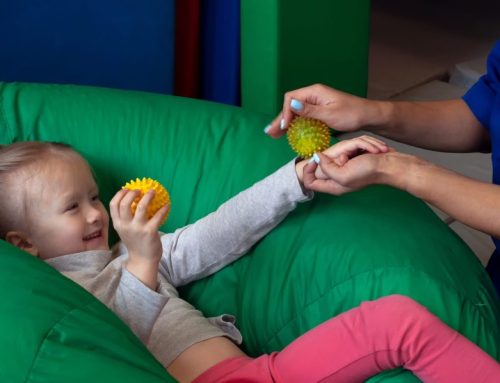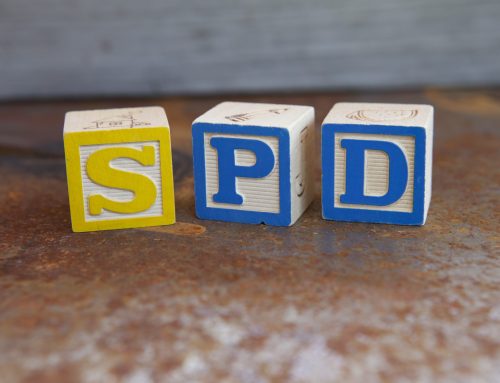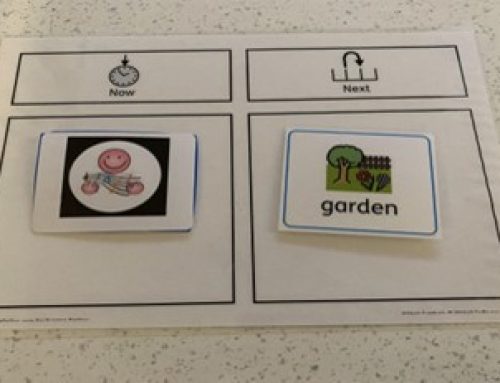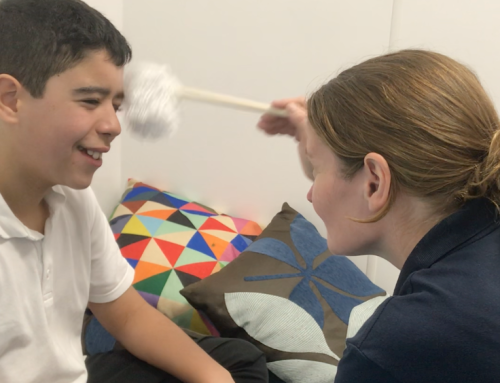Tactile defensiveness – how can TACPAC help?
This blogpost follows on from our previous post which looked at what tactile defensiveness is. This post will discuss how regular TACPAC sessions can help receivers with tactile defensiveness.
A short recap on tactile defensiveness
Tactile defensiveness is a sensory modulation difficulty resulting in over-responsivity to touch stimuli. An individual with tactile defensiveness is not able to modulate their response to touch stimuli effectively and inhibit sensory messages they are receiving about that touch sensation. Being exposed to particular touch sensations can trigger a fight/flight or freeze response in those with tactile defensiveness.
Can TACPAC help those with tactile defensiveness?
TACPAC can help individuals with tactile defensiveness to gradually accept touch if TACPAC sessions are carried out regularly (for example, once a week) over a period of months.
It is thought that individuals with tactile defensiveness are more able to accept touch stimuli during TACPAC sessions due to the key principles of the intervention:
– In TACPAC, we focus on sensory alignment; that is, presenting the two sensory messages of touch and sound in an aligned way so that the receiver is given one message – what they see is what they hear is what they feel. It is thought that by presenting the sensory messages in this aligned way, it is easier for those with tactile defensiveness to accept and process the sensory input.
– The touch is presented to the beat of the music. This means that the receiver knows when the touch is going to come and so there are no unexpected surprises.
– The touch is presented following a body pattern, i.e. the giver gives the touch in a predictable pattern on the receiver’s body each time so the receiver knows where the touch is going to come next.
– The routine and predictability is embedded by working on the same Set for at least 6 months at a time, so the receiver really has time to get used to different touch stimuli.
– TACPAC is always done with and not to, so the giver will use all the information they have about the receiver to present TACPAC sensitively, taking great care not to trigger any aversions that they may have around different touch stimuli. This is achieved by talking to the receiver themselves and their family and other professionals, e.g. OT, that know them well to find out what textures/touch stimuli they like/don’t like and also where on their body they are more easily able to accept touch.
– Initially, touch can be offered in a very small body pattern to an area where the receiver is able to tolerate touch, for example on the feet or hands. It may then be possible to gradually extend the body pattern to other areas of the body over time.
– TACPAC has activities with deep pressure within each Set. Deep pressure provides proprioceptive input which can be helpful for those with sensory processing difficulties like tactile defensiveness. For more information on deep pressure, please read this great blogpost: https://tacpac.co.uk/news/deep-pressure-touch-what-it-is-why-it-works-and-how-to-use-it/.
Want to know more about tactile defensiveness?
Visit www.sensoryintegrationeducation.com for more information about tactile defensiveness and other topics relating to Sensory Processing Disorder. There are lots of short courses available on a range of different topics, including some free introductory courses.
Find out more!
If you want to find out more about how TACPAC can benefit those with Sensory Processing Disorder, including tactile defensiveness, sign up to one of our Essential trainings, which are either online or face-to-face, at: https://tacpac.co.uk/tacpac-online-training/.






















